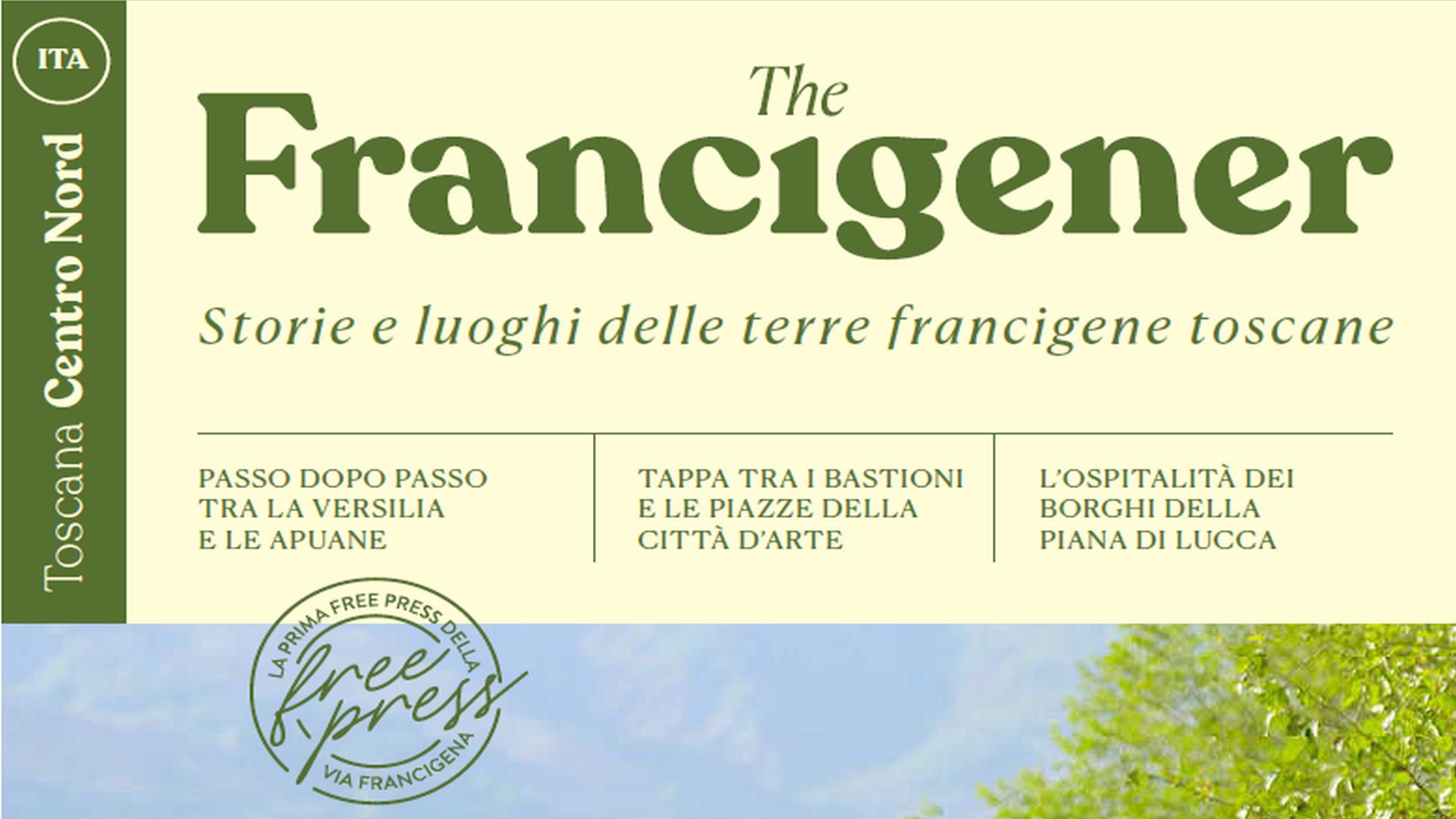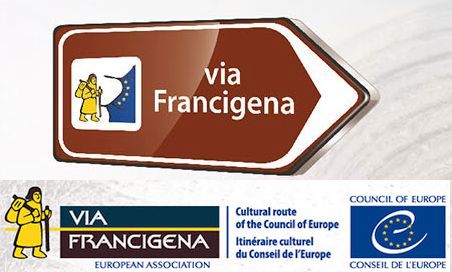In 994 Sigeric, Bishop of Canterbury, walked in 97 stages from Canterbury to Rome, the place of Christianity where the tomb of the Apostle Peter was located. He kept a diary describing and commenting on the stages and the welcome.
More than a real route, it was a road system with many alternatives, in most cases pilgrims travelled the Roman consular roads, entering Italy mainly through the Montgenèvre Pass, hence the name francigena, or coming from the land of the Franks.
The Via Francigena, or Via Romea, was the pilgrimage route that many people travelled in the following centuries.
With the Crusades, the Via Francigena was the path of pilgrims on their way to the Holy Land and the faithful on their way to Santiago de Compostela, another sacred place for Christianity, where the body of the Apostle James was kept.
A flow of people, circulation of ideas and commercial exchanges, the route was a factor of economic development and those relations that led to substantial European cultural unity between the 11th and 12th centuries. Declared in 1994 "European Cultural Route" by the Council of Europe, like the Way of St. James of Compostela, the Via Francigena is a symbol of a Europe without barriers, united in the enhancement of its different cultural, artistic and landscape heritage.
Along the way, in ancient times, the city of Lucca, due to its position, represented a focal point for the development of itineraries with Florence, Parma and the Po valley, Luni and Pisa. Its position along the Francigena route, stimulated and contributed greatly to the development of trade, the growth of the cities and culture. Still today, Lucca, a jewel of art and culture, rich in ancient atmospheres, welcomes pilgrims with the same age-old hospitality, giving refreshment to body and spirit.
The arrival in Lucca, from Camaiore rewards the walkers from the fatigue of the day. Leaving behind the River Park, after a few hundred meters, the Renaissance Walls of Lucca present themselves to the wayfarer with their grandeur and through Porta Santa Maria you enter the city.
From here begins a real path of worship: the basilica of San Frediano with its splendid mosaic on the top of the facade; the church of San Michele in Foro with its Romanesque style facade surmounted by the imposing statue of the Archangel; the church of Santa Giulia and, in the adjacent alley of the Altopascioquella which was the Lucca seat of the mansion of the knights of the "Tau", the monastic-knightly order that since the eleventh century offered help, hospitality and defense to the pilgrim wayfarer.
And finally the cathedral of San Martino which houses the wooden statue of the Holy Face and where a mysterious bas-relief in the shape of a "labyrinth" with various meanings is carved on a pilaster.
You leave the city proceeding from Piazza sn Michele Proceeding east through the medieval Porta San Gervasio e Protasio and the neoclassical Porta Elisa of the current city walls.
Just outside the Walls, before continuing to Altopascio, a visit to the Sanctuary of Santa Gemma, beloved saint of Lucca, is a must. From here the Via Francigena continues, meeting churches and villages of ancient memory in the surrounding municipalities of Capannori, Porcari, Montecarlo and Altopascio.
So traveling slowly, the modern wayfarer can understand the soul of the places, can gradually discover this stretch of Lucca of an itinerary rich in faith, history, legends and traditions, can meet great monuments and small curiosities, can really "walk to know" and thus increase their cultural heritage.

_0.jpg)
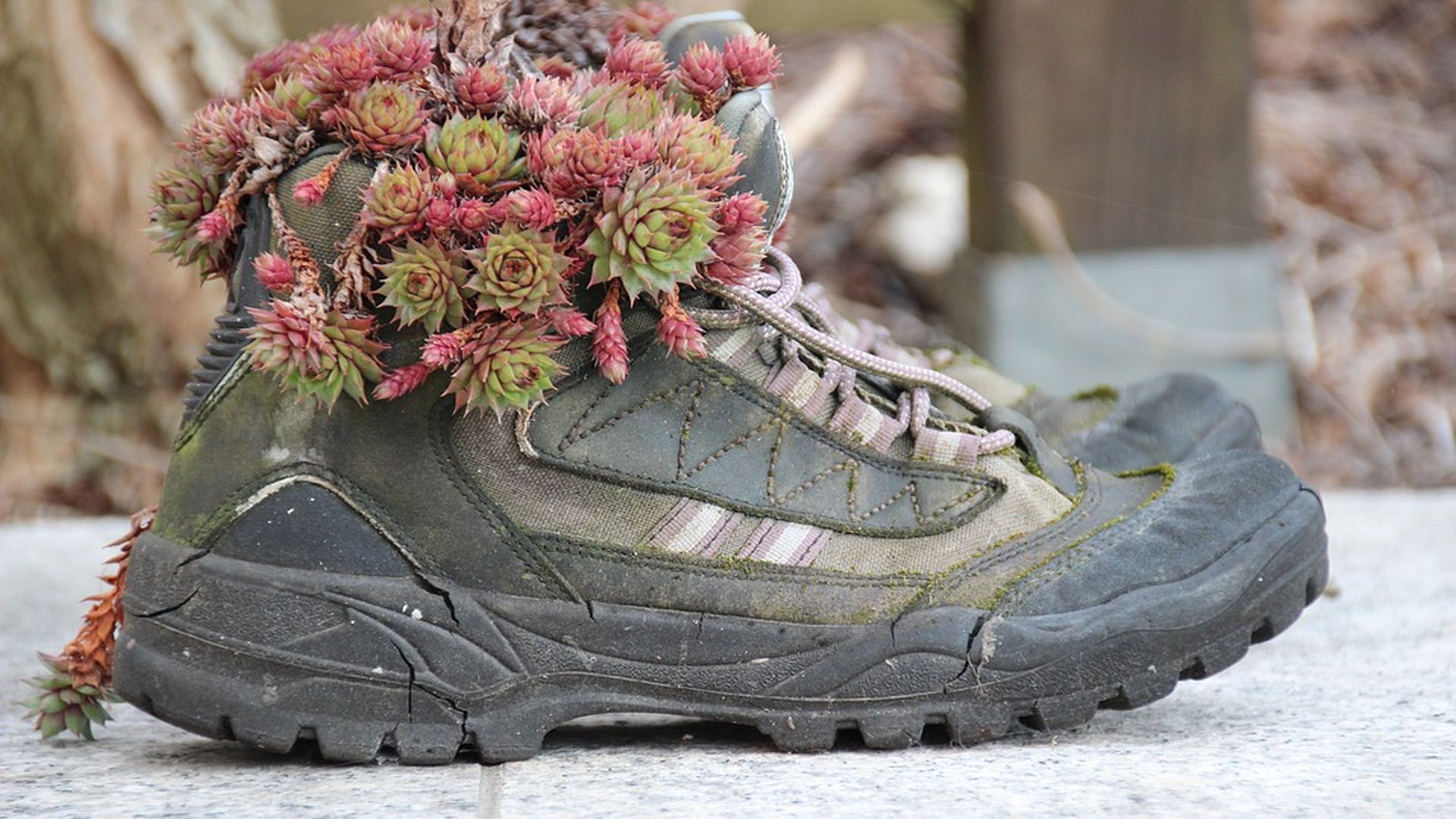
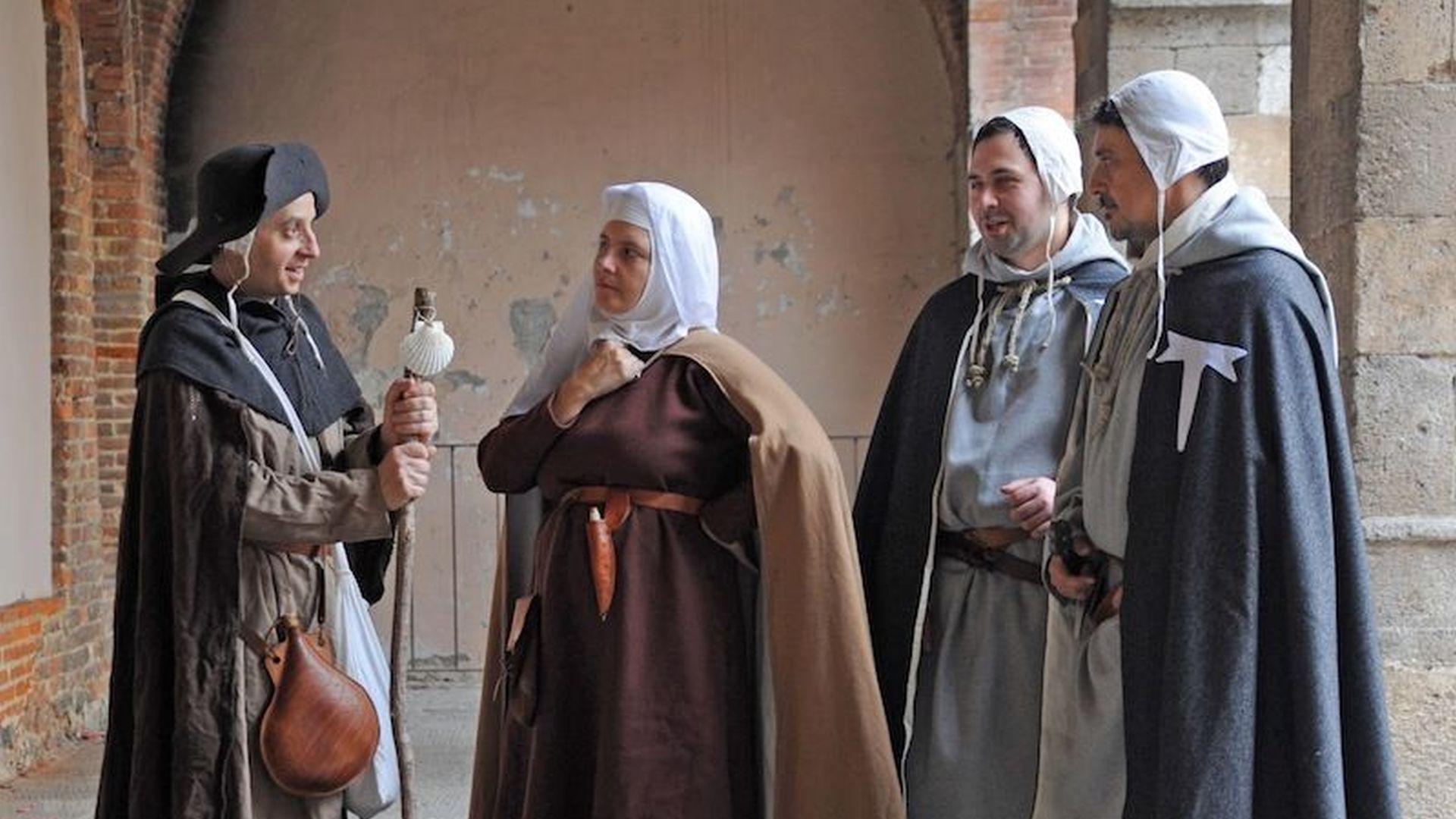
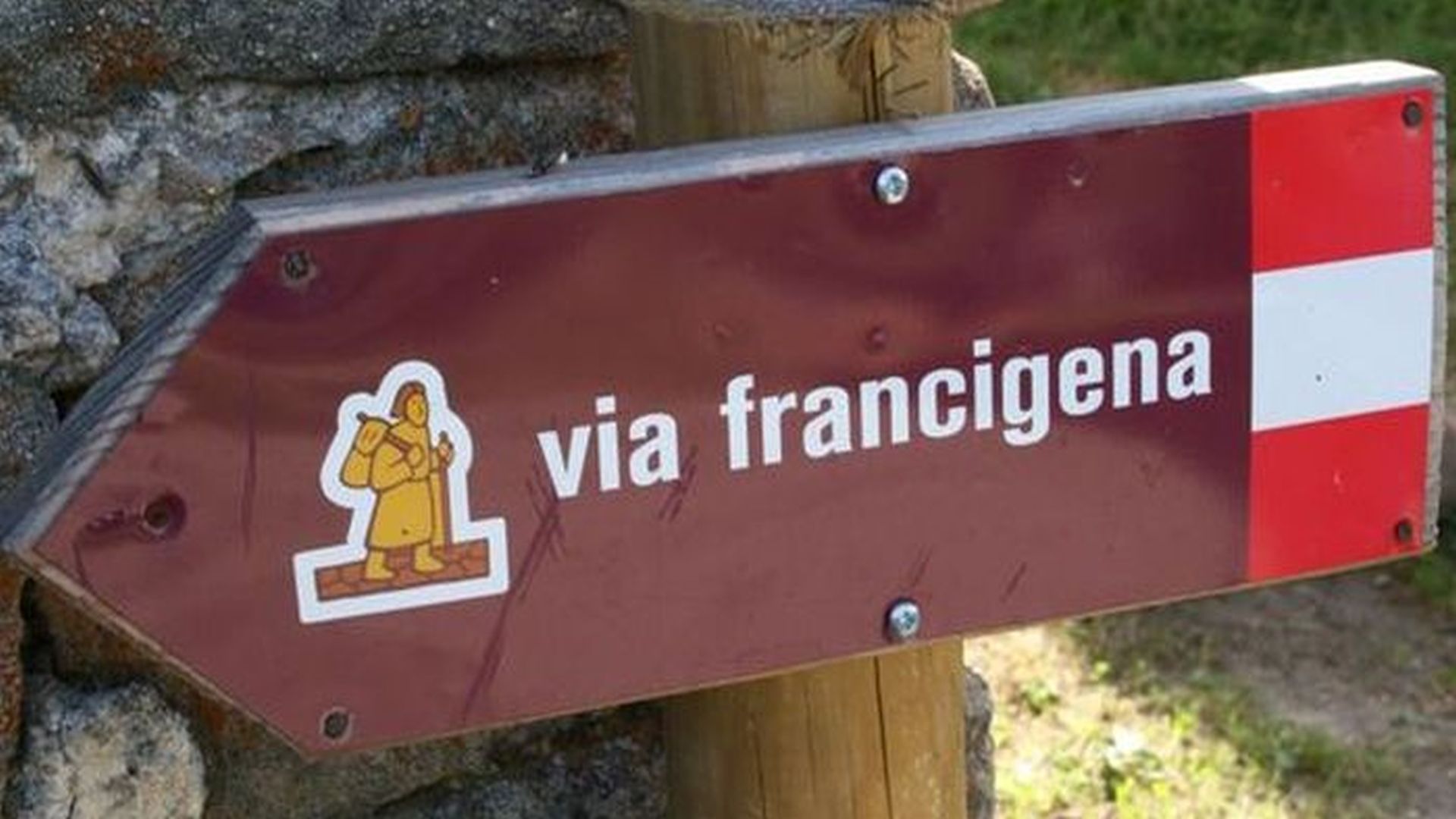
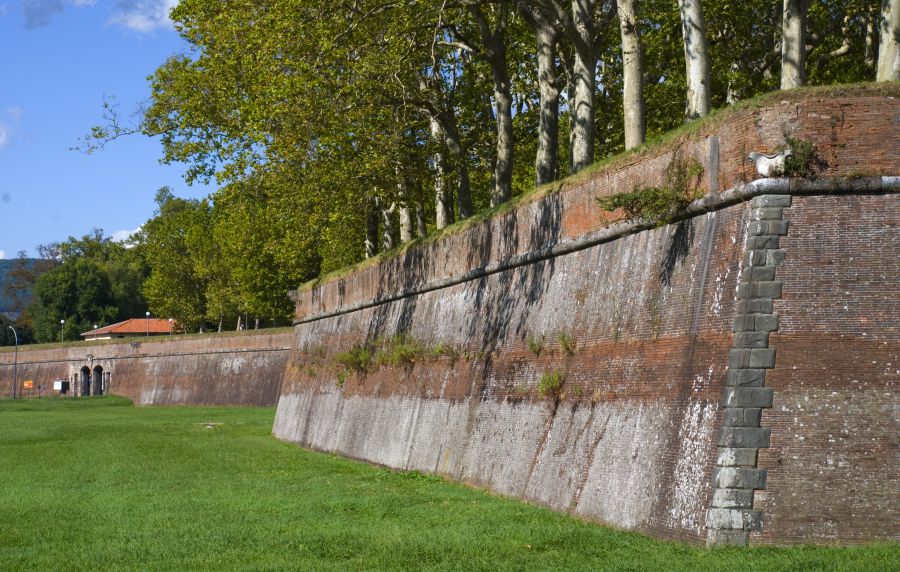
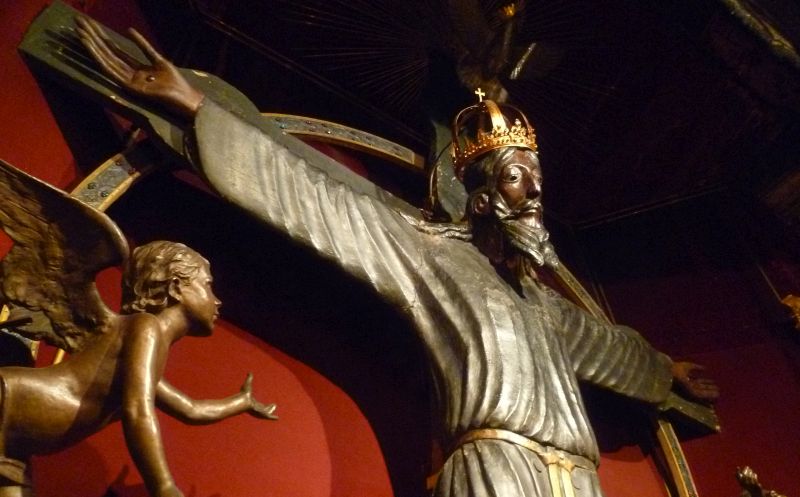
.jpg)
